The US Intelligence Community has a new strategy for the future
- By Stavros Atlamazoglou
Share This Article
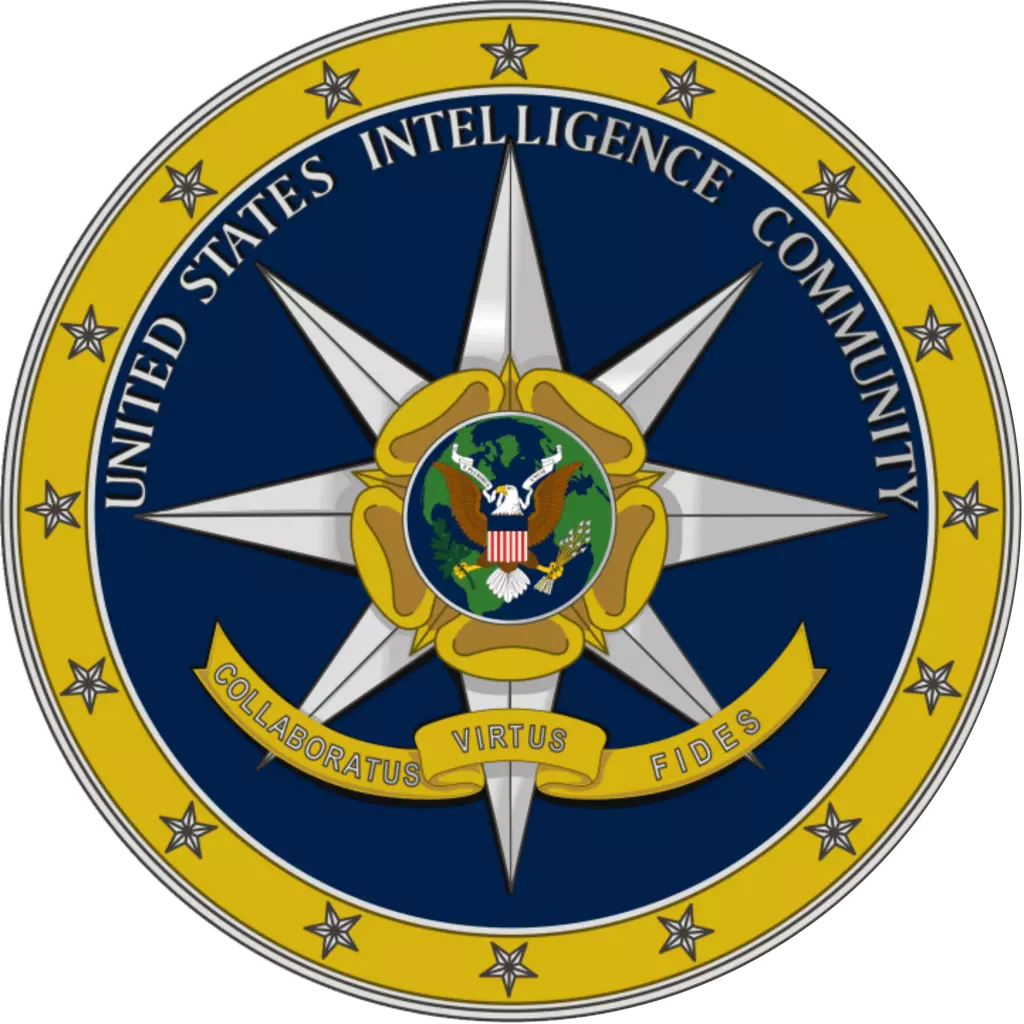
Following the COVID-19 pandemic and Russia’s invasion of Ukraine, the world has become a more volatile place. China continues to challenge the sovereignty of Taiwan with mass aerial and naval incursions, while the Russian military seems firmly entrenched in large parts of Ukraine.
In this unpredictable environment, timely and accurate intelligence could make the difference between a policy’s success or failure.
The U.S. Intelligence Community (IC) is the most capable in the world, with a budget in the tens of billions and a highly trained and capable workforce. However, a strategic vision is always necessary to guide and focus any organization.
In September, the Office of the Director of National Intelligence released the U.S. Intelligence Community’s new strategy.
In its strategy, the Intelligence Community identified six major areas it will focus on: strategic competition with near-peer adversaries; recruitment; scalable solutions; partnerships; transnational challenges; and resilience.
Related: Guile, violence, and intelligence – The tools of the WWII spy
A new strategy: China and the rest
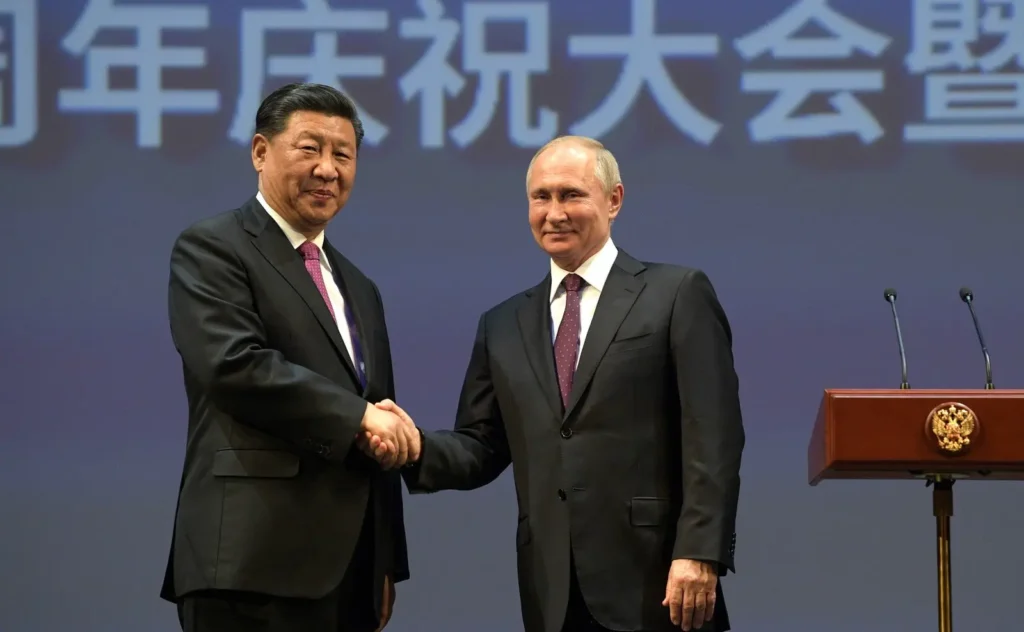
With the end of the Global War on Terror, strategic competition with near-peer adversaries is one of the top priorities for the U.S. national security apparatus.
Last year’s National Security Strategy identified China as the pacing threat to U.S. national security. Russia, Iran, North Korea, and terrorist groups might continue to pose varying degrees of danger to the U.S., but China remains the near-peer actor that threatens the U.S. rules-based international order the most.
Beijing wants to surpass the U.S. and become the world’s superpower and the Chinese Communist Party doesn’t hold back in order to achieve this goal.
According to the National Counterintelligence and Security Center (NCSC), for the past two decades, Chinese espionage activities against the U.S. have resulted in the yearly theft of between $200 and $600 million in intellectual property.
China has also been stealing U.S. military secrets in an attempt to circumvent long and expensive research and development processes and produce advanced military hardware quicker than it could do on its own.
To become more competitive in this increasingly aggressive environment, the U.S. Intelligence Community aims to improve its collection and analytical processes in order to “provide timely and accurate insights into competitor intentions, capabilities, and actions by strengthening capabilities in language, technical, and cultural expertise and harnessing open source, ‘big data,’ artificial intelligence, and advanced analytics.”
Related: Is TikTok spying on you and sending your information to China?
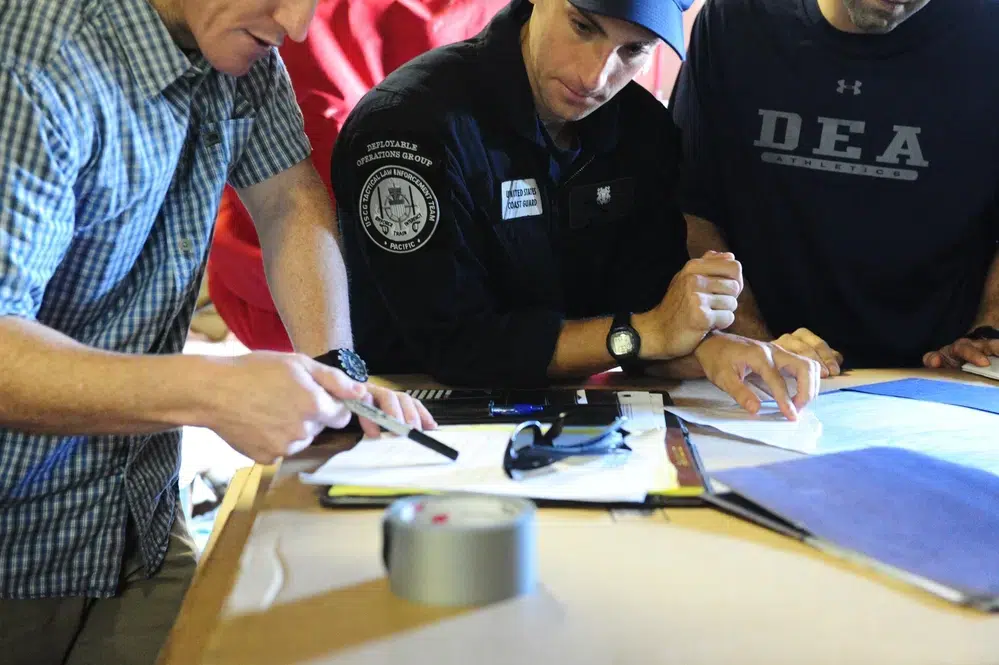
However, to be more competitive at the strategic competition level, the IC needs to have a talented and committed workforce. That is the second aspect that the IC is looking to focus on.
Diversity is arguably one of the strongest attributes of the U.S. Intelligence Community. The U.S.’s multiracial composition provides the country’s Intelligence Community with a pool of recruits who can operate almost anywhere in the world and pass as locals. Open-source information suggests, for example, that the CIA heavily recruits first- and second-generation Americans who can speak their native languages with high levels of fluency.
To be more effective in its mission, this committed workforce needs cutting-edge technology at scale. That is a major challenge for the IC and one it looks to improve with innovative and scalable solutions.
According to its vision, the IC will make procurement easier by removing barriers, instituting a community-wide contracting system, centralizing the solicitation process, and bolstering automation tools.
Related: These are America’s top military intelligence-gathering operations
Another aspect of the IC’s new strategy is robust and enduring partnerships with foreign intelligence services. Partnerships are a key aspect of intelligence work. Often, an intelligence partner can provide access to difficult targets. Take, for example, Operation Canadian Caper which took place in 1980 in Iran, and was made popular by the film Argo. After Islamist revolutionaries had captured the U.S. embassy in Tehran, Canada provided the CIA with access to Iran so that a small group of American diplomats could be rescued.
Transnational challenges remain high on the IC’s strategic agenda. Threats like climate change, narcotics trafficking, supply chain disruptions, pandemics, and emerging and disruptive technologies are some of the transnational challenges that the IC wants to dedicate resources to deal with in cooperation with local, state, federal, and foreign partners.
But to deal with transnational challenges more effectively, the IC wants to enhance its resilience, i.e. its ability to counter threats, – and as a consequence, that of the nation. Counterintelligence, counterterrorism, and counterproliferation are some of the mission sets necessary to ensure that the homeland remains durable and safe.
The US Intelligence Community
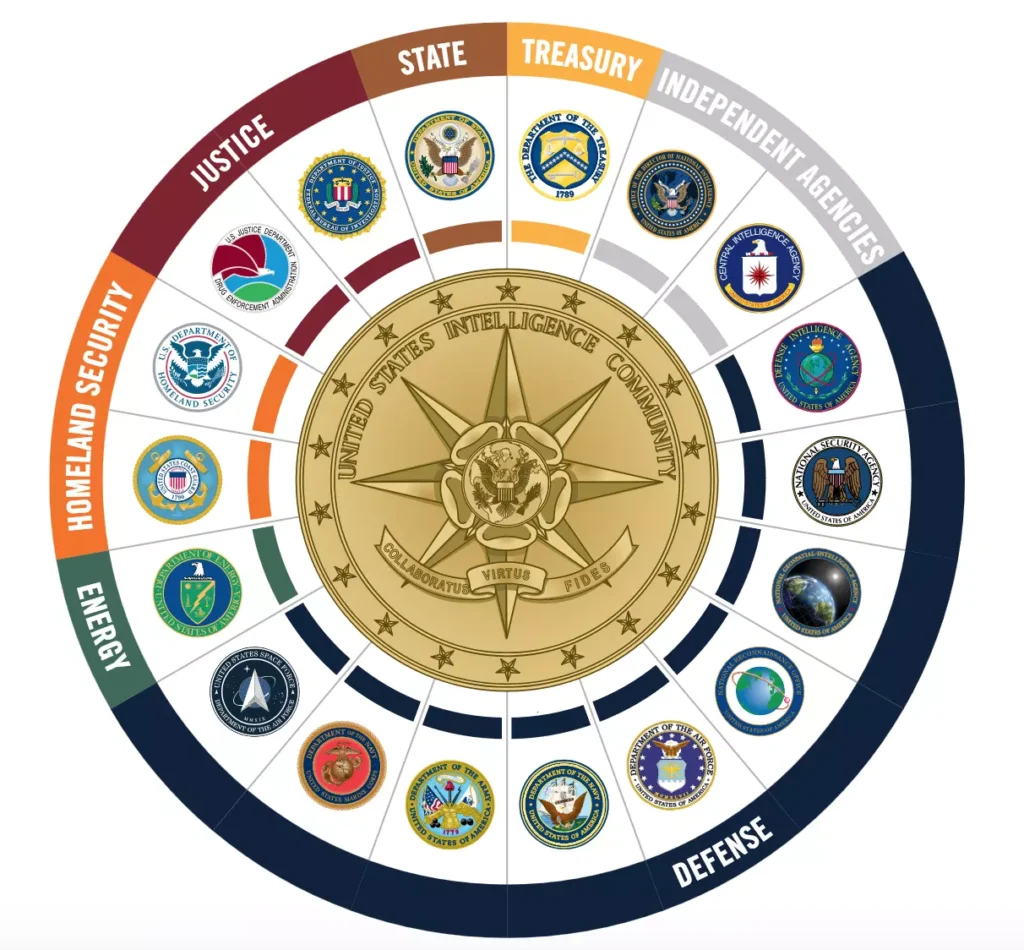
Comprised of 18 agencies, departments, and bureaus, the Intelligence Community is an integral part of the U.S. national security apparatus.
According to the ODNI’s own description, the U.S. Intelligence Community is responsible for providing “timely, rigorous, apolitical, and insightful intelligence and support to inform national security decisions and protect our Nation and its interests.”
The Department of Defense contains the most intelligence agencies (nine), with the Department of Homeland Security (two) and the Justice Department (two) following. Then comes the Treasury and the departments of Energy and State, each with one intelligence agency. Finally, there is the ODNI and the CIA, which are independent agencies.
Read more from Sandboxx News
- How will I do when that time comes? Men in combat
- Ingenious and effective improvised weapons created by US troops
- Ukraine is finally getting ATACMS, the weapon that can change the war
- Debunking the ‘lost F-35’ conspiracy theories
- How to reshape the future of recruiting from America’s former top enlisted Navy official
Related Posts
Sandboxx News Merch
-

‘AirPower’ Classic Hoodie
$46.00 – $48.00 Select options This product has multiple variants. The options may be chosen on the product page -

‘Sandboxx News’ Trucker Cap
$27.00 Select options This product has multiple variants. The options may be chosen on the product page -

F-35 ‘Lightning’ Framed Poster
$45.00 – $111.00 Select options This product has multiple variants. The options may be chosen on the product page
Stavros Atlamazoglou
Greek Army veteran (National service with 575th Marines Battalion and Army HQ). Johns Hopkins University. You will usually find him on the top of a mountain admiring the view and wondering how he got there.
Related to: Military Affairs

Air Force is unsure of what the NGAD should do
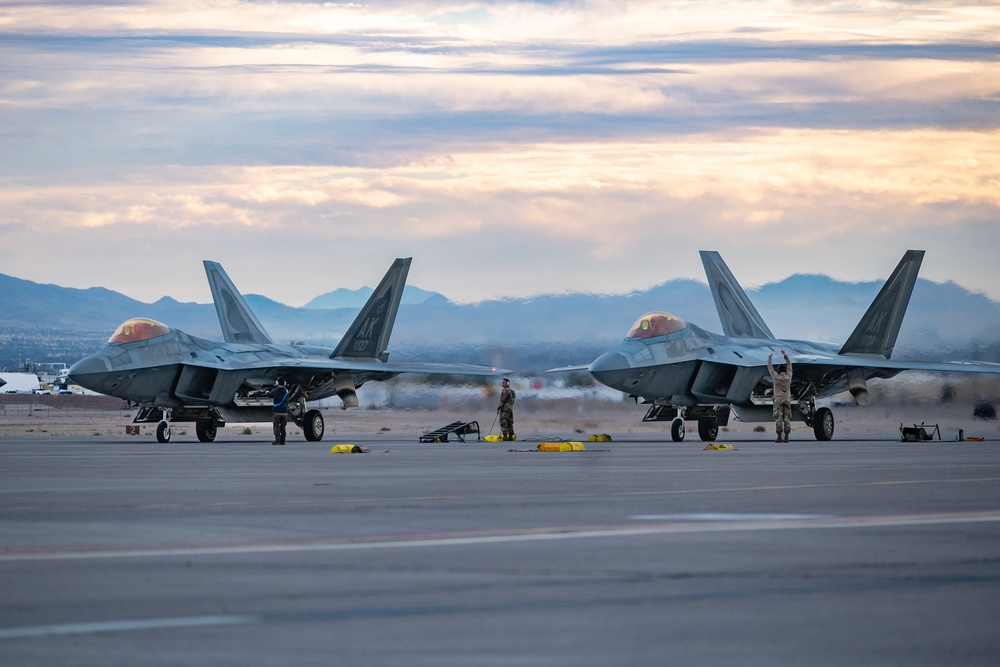
F-22 fleet is getting upgraded threat-detection sensors to stay on top
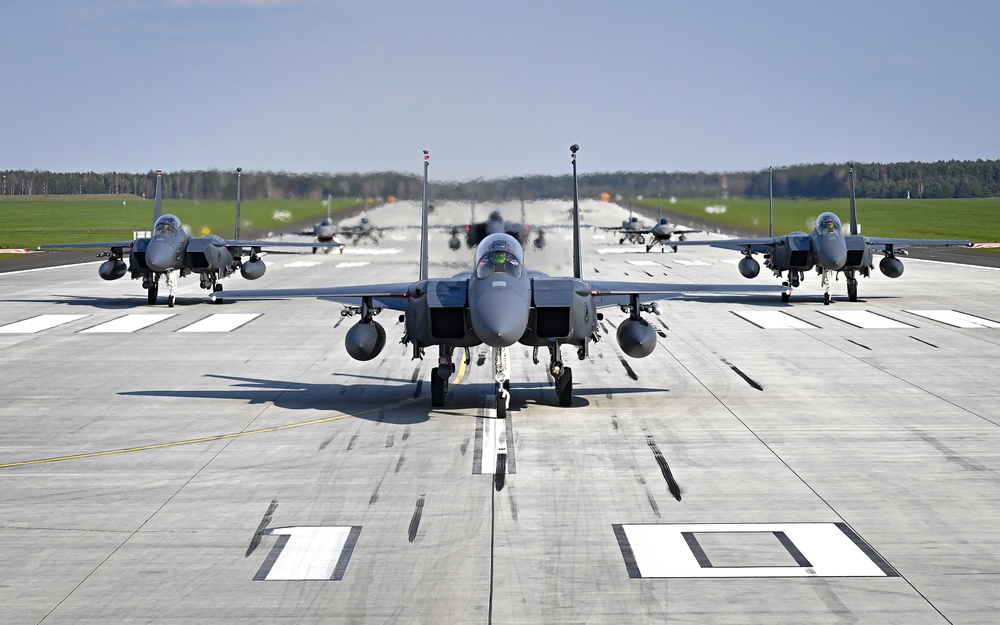
The Air Force may not have enough aircraft ready to fight
Sandboxx News
-

‘Sandboxx News’ Trucker Cap
$27.00 Select options This product has multiple variants. The options may be chosen on the product page -

‘AirPower’ Classic Hoodie
$46.00 – $48.00 Select options This product has multiple variants. The options may be chosen on the product page -

‘AirPower’ Golf Rope Hat
$31.00 Select options This product has multiple variants. The options may be chosen on the product page -

‘Sandboxx News’ Dad Hat
$27.00 Select options This product has multiple variants. The options may be chosen on the product page
